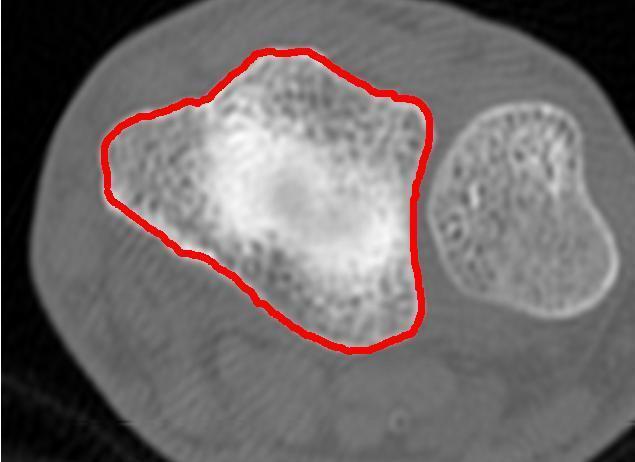Research
|
Tracking Vehicles in Airborne Video Imagery
|
Background Estimation under Rapid Gain Change in Thermal Imagery
|
Dense Estimation of Motion and Appearance
|
|
Separating images into background/ foreground layers and
improving the stability of optical flow.
|
|
Implicitization of parametric curves by matrix annihilation
|

Implicit representation of curves using Matrix Annihilation.
|
|
Precise modeling & measurement of free-form surfaces using implicit polynomials
|
|
Precision measurement on implicitly defined surfaces.
|
|
Automated Recognition and Sorting of Remote Control Devices
|
|
Automatic recognition and sorting system
|
|
2D Shape Assessment using Selective Fixations and Artificial Potential Functions
|
|
Sequence of fixation points generated.
|
|
Resume
| Research
| Main Page
Carnegie Mellon University, Robotics Institute
5000 Forbes Av., Pittsburgh, PA, 15213
hulyayalcin@gmail.com